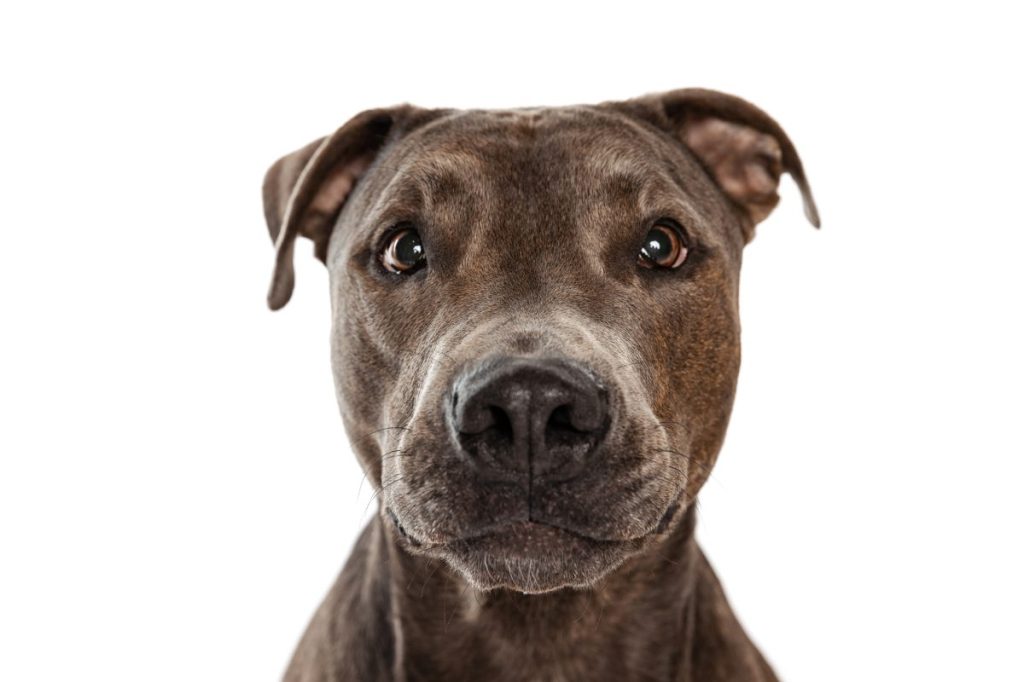The common terms of “Pit Bull dog” or “Pit Bulls” do not refer to one specific breed, but rather five different but related Pit Bull breeds of muscular terriers originally bred for bull baiting and dog fighting.
While Pitties have a controversial reputation, they can make loyal and lovable members of your family pets proper training…




